The glute-hamstring developer (GHD) has an incredible ability to improve an individual’s athletic performance.
The GHD—potentially one of the most underutilized and underappreciated pieces of equipment in the CrossFit gym—is primarily used to develop the musculature of the core (the abdominals, spinal erectors and hip flexors) and the posterior chain (largely the glutes, hamstrings and spinal erectors).
Both muscle groups play an important role in midline stabilization, which is integral to athletic performance. The core serves two main roles: stabilizing and protecting an athlete’s spine and assisting in the transfer of force from athlete to object (whether that object is a barbell, medicine ball or the athlete’s body).
The muscles of the posterior chain play an important role: They open the hip. This action, known as hip extension, is a critical component of both weightlifting and gymnastics movements, as well as hitting, throwing, jumping and punching.
The GHD has always occupied a prominent place in CrossFit programming. Its ability to train and develop both the core and the posterior chain is, arguably, unmatched.
In the CrossFit Level 1 Seminar, movements trained on the GHD are divided into posterior (rear) and anterior (front) categories and subdivided by level—beginner, intermediate and advanced. Beginning with the posterior movements, we have the hip extension, back extension, and hip-and-back extension.
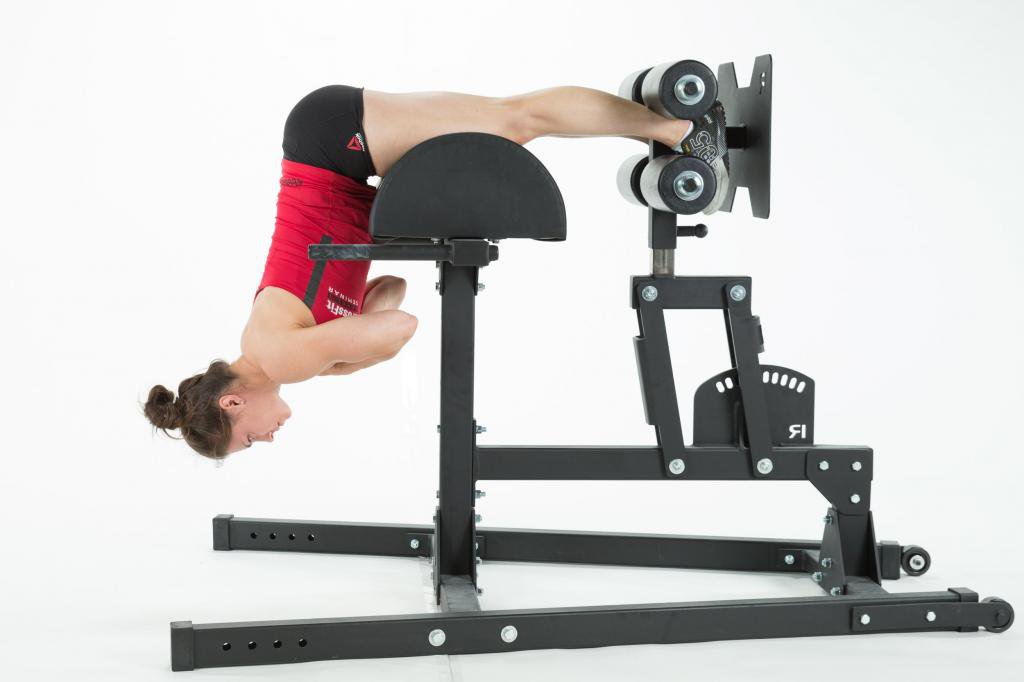
The bottom position of the hip extension and hip-and-back extension.
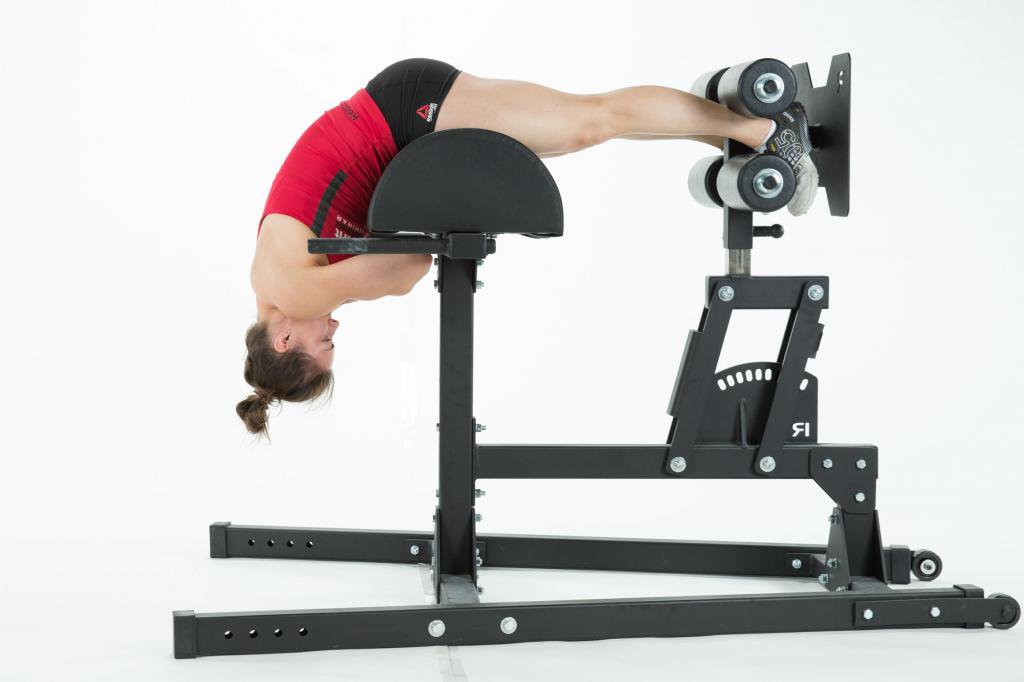
The bottom position of the back extension. Note the pad is positioned under the hips, not the quads.
The hip extension is a movement accessible to all. It teaches an athlete how to snap the hip open while maintaining a rigid, unchanging spinal position. As mentioned above, this action is the foundation of powerful athletic movement. Hip extension is what allows athletes to aggressively drive out of the bottom of a squat, elevate the bar in the Olympic lifts or propel the body in a box jump or broad jump.
Although the action of hip extension can be taught multiple ways, using the GHD allows the trainer to coach the athlete without external load, and the athlete doesn’t have to worry about coordinating multiple limbs. Isolating the hip allows the athlete to focus on exactly how he or she will move the body through space and gives the athlete the opportunity to feel what it is like to flex at the hip while maintaining an unchanging trunk.
The back extension is more challenging than the hip extension because it requires isolation of each individual vertebra. In contrast to the hip extension, the back extension requires the athlete to intentionally surrender the natural neutral position of the spine, rounding step by step from the neck to lower back. From the bottom position with the athlete’s torso approximately perpendicular to the floor, the athlete uses the spinal erectors to unfurl in reverse order, returning to a neutral position with the torso parallel to the floor.
The back extension develops the musculature of the back, and it does so without compressive forces on the trunk. In addition, teaching an athlete to isolate individual sections of the spine through flexion and extension is an effective way to develop proprioception, or body awareness. This awareness improves an athlete’s ability to maintain correct spinal position throughout other movements. For example, athletes who are very aware of spinal position know which muscles to engage to avoid rounding of the trunk during a deadlift or squat.
The hip-and-back extension is the most challenging of the posterior movements taught at the Level 1 course; it requires the greatest amount of body awareness and control. The movement starts with trunk flexion, as does the back extension. Once the trunk is fully flexed, the athlete moves into hip flexion. The athlete then moves into trunk extension and takes the hip through the last remaining range of hip flexion. This bottom position is similar to that of the hip extension. From there, the athlete returns to trunk flexion, extends the hip and finally finishes in trunk extension.
This movement introduces a new level of complexity: Not only do the challenges of the hip extension and back extension remain, but the athlete is also now required to seamlessly transition between the positions seen in those movements. A high level of body awareness is required to maintain control for a number of consecutive reps.
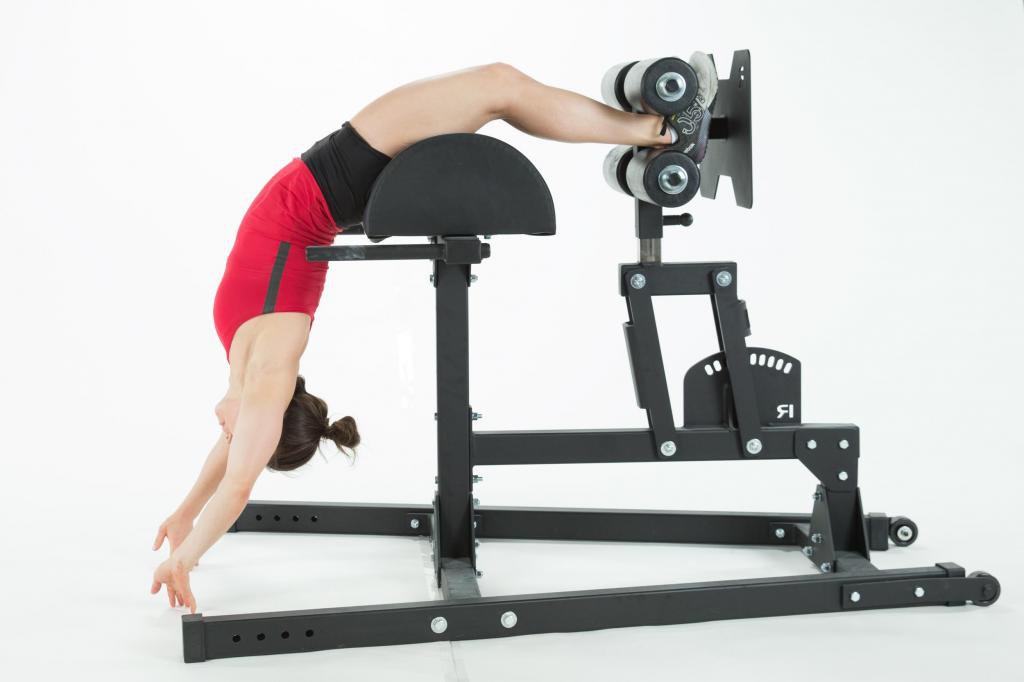
The bottom position of the GHD sit-up. Note the slight knee bend.
The GHD sit-up, and its variant with reduced range to parallel to the floor only, trains the anterior of the body. Execution requires the athlete to take position with the hip slightly off the pad while holding a bend in the knees. Lying back and extending the hip to the desired range, the athlete then aggressively extends the knees to return to the seated position.
Although the spine does not go through obvious flexion, the GHD sit-up is a powerful developer of the muscles of the core. This is due to the demand it places on the trunk to resist excessive extension in the descent and after the dynamic change of direction of the hip as the athlete moves from the bottom to the top position.
Proficiency in the GHD sit-up will allow an athlete to resist movement of the spine any time the hip rapidly opens then closes—something that occurs in the Olympic lifts and all gymnastics movements that utilize the kip, such as bar and ring muscle-ups, toes-to-bars and kipping handstand push-ups.
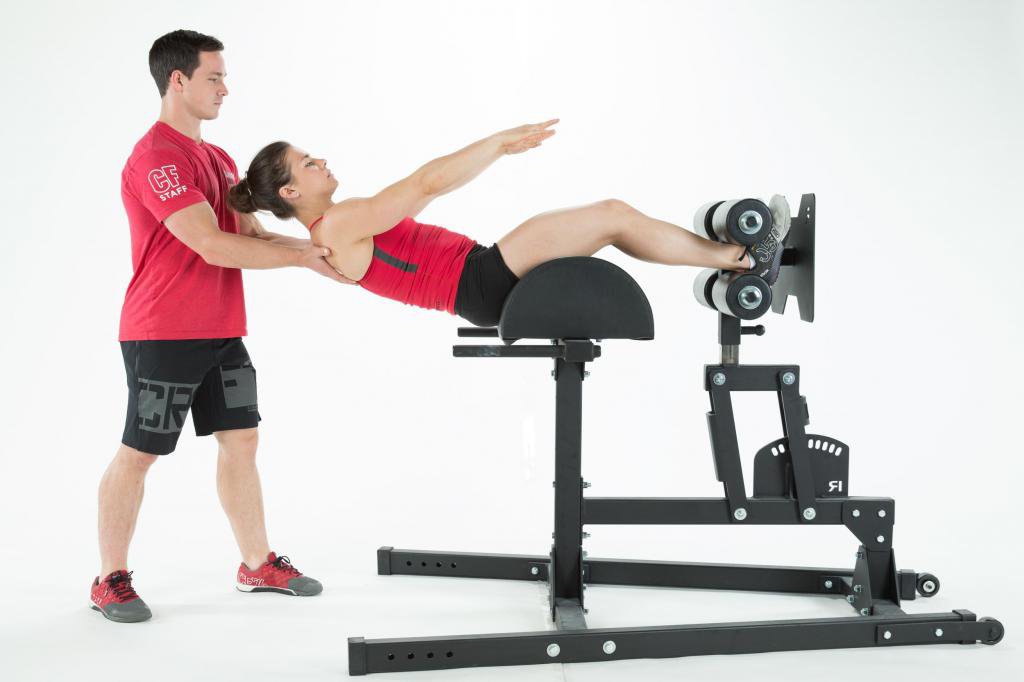
The GHD is potent: New athletes should gradually increase range of motion and volume.
The GHD sit-up’s potency cannot be overstated, and volume should be increased incrementally.
Implement extension and sit-up movements in warm-ups for gradual exposure, starting with the least complex variations in small numbers of sets and reps. Over a few weeks, increase the volume until around 25 can be performed unbroken with control. Not only will there be an obvious improvement in the ability to perform these movements, but an improvement should also be expected in all movements off the GHD.
About the Author: Oliver Wilson, CF-L3, has been a member of CrossFit’s Seminar Staff since 2012. He coaches at CrossFit CrossAxed in Brisbane, Australia, and has recently earned a bachelor’s degree (honors) in psychological science.
All images: Dave Re/CrossFit Journal

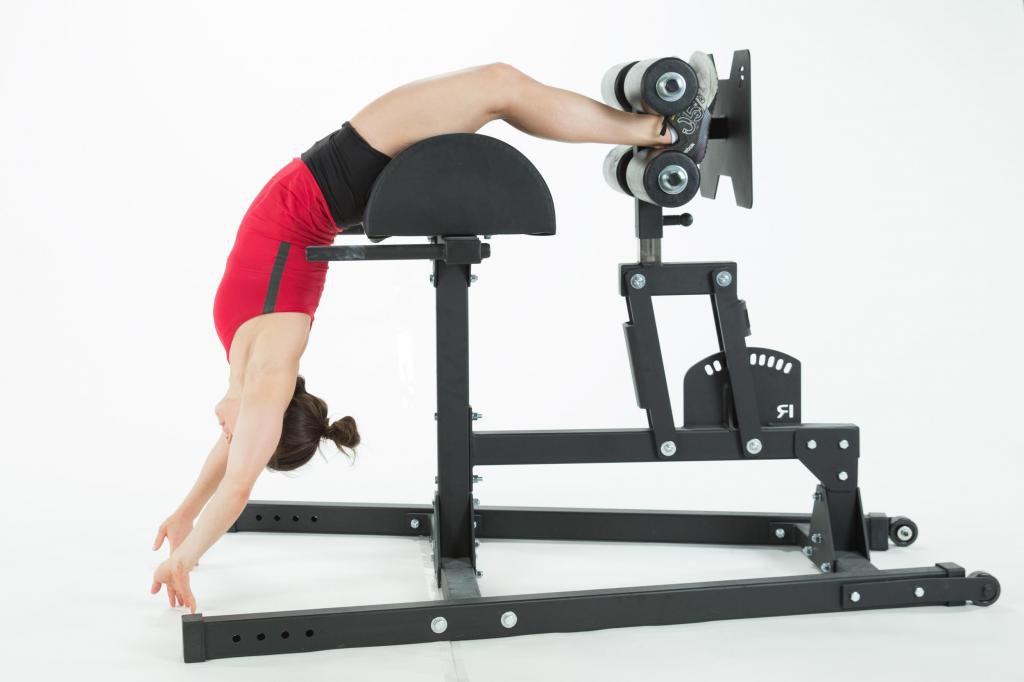



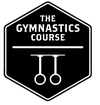
 2021 Copyright Royal CrossFit, All rights reserved
2021 Copyright Royal CrossFit, All rights reserved